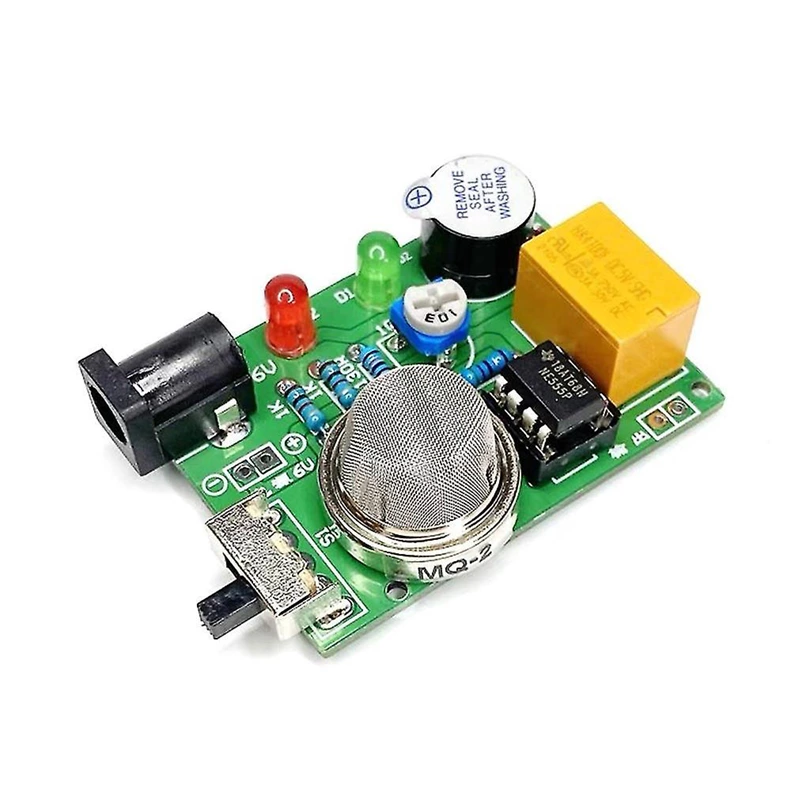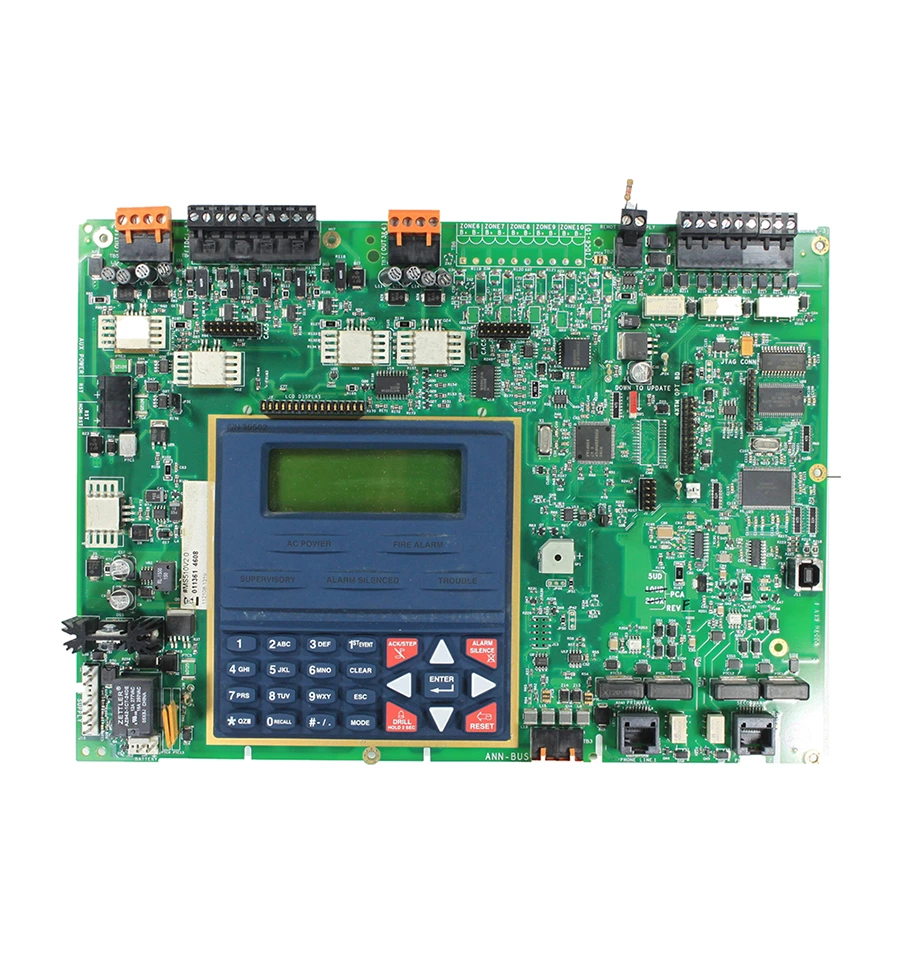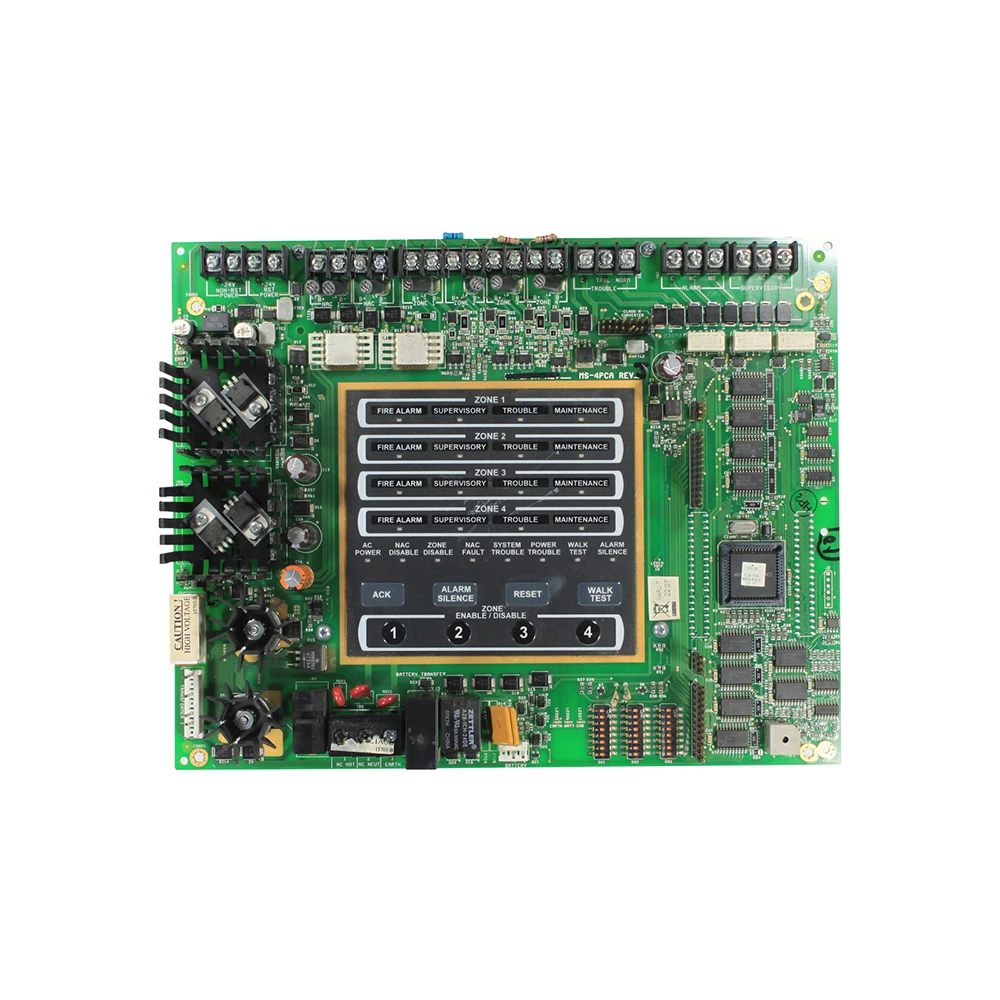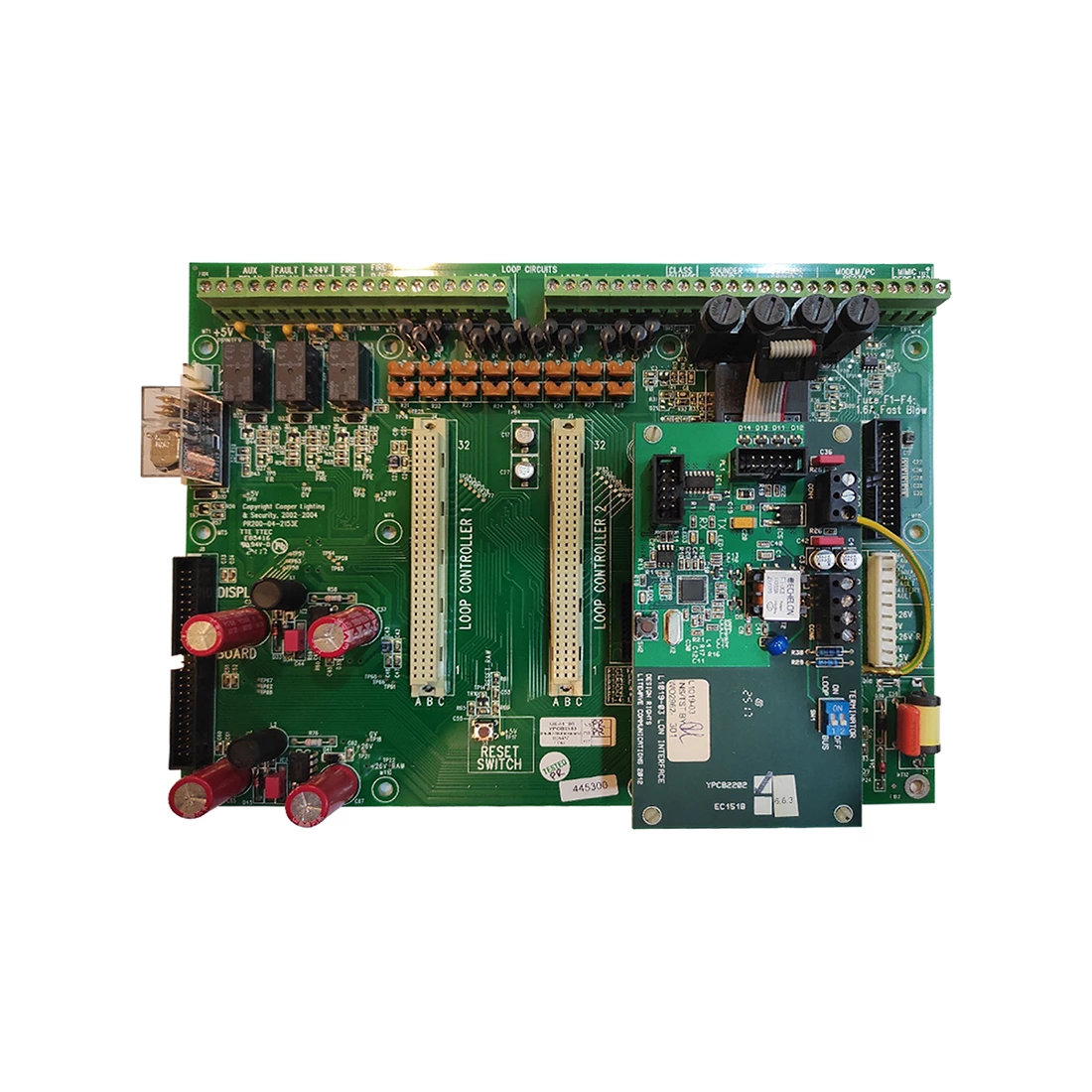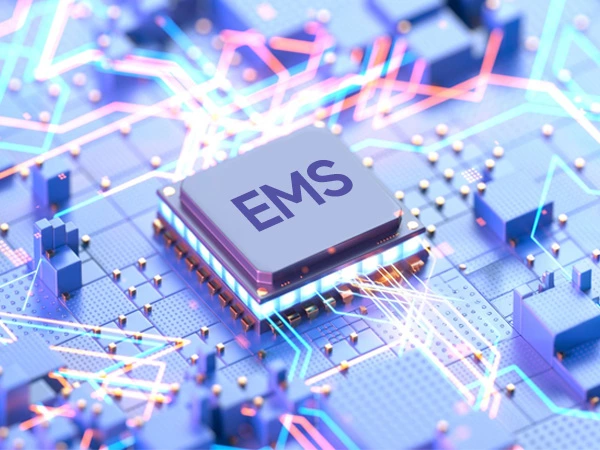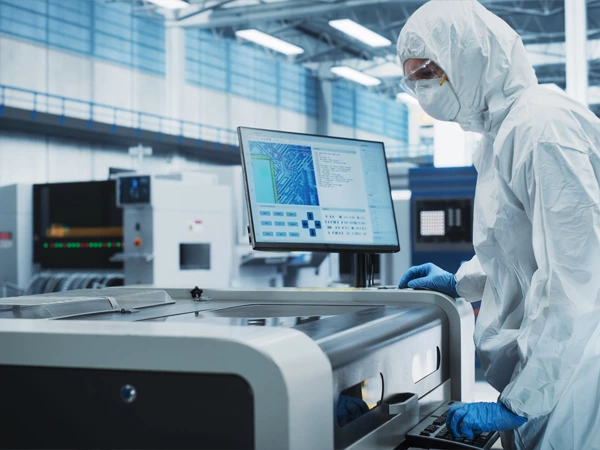The Invisible Brain: Why Every Automatic Door Relies on a Circuit Board
We've all experienced the seamless convenience of an automatic door. They glide open as if by magic, anticipating our arrival and closing gently behind us. But behind this apparent simplicity lies a complex network of electronics, meticulously designed and manufactured to ensure smooth operation and safety. As TECOO, a professional electronic contract manufacturer, we know firsthand that the beating heart of every single one of these systems is the circuit board.
Could an entire automatic door system function without a circuit board? The unequivocal answer is: no, the entire automatic door system absolutely needs a circuit board. These intricate assemblies, laden with microprocessors, sensors, and communication chips, are the true brains that transform a mechanical door into an intelligent, responsive gateway.
At the Core: The Automatic Door Controller (PCBA)
The central nervous system of any automatic door is what's commonly known as the automatic door controller. More accurately, from an electronics manufacturing perspective, this is a highly specialized PCBA (Printed Circuit Board Assembly). This isn't just a bare board; it's the complete, populated circuit board, integrated with all the components necessary to process information, make decisions, and execute commands.
Imagine the automatic door's operation as a chain of command, all orchestrated by the PCBA:
- Sensors (The Eyes and Ears): Motion detectors (like passive infrared or microwave sensors), presence sensors (to prevent closing on obstructions), and even activation buttons act as the door's "senses." They detect approaching individuals or commands.
- The Automatic Door Controller (The Brain - Your PCBA): This is where the magic happens. Your PCBA receives electrical signals from the sensors, interprets them instantly, and determines the appropriate action. It's programmed with complex logic to handle various scenarios – opening, closing, holding open, reversing on impact, and more.
- Motors (The Muscles): Based on the controller's decisions, electrical signals are sent to the door's motors, which physically drive the opening and closing mechanisms.
Where You'll Find Circuit Boards in an Automatic Door System
While the main automatic door control board is the command center, circuit boards are strategically placed throughout the system, each playing a vital role:
1. The Main Control Unit (The Master PCBA): This is the primary automatic door control board (PCBA), typically housed securely within the door's header or operator box. This sophisticated board is responsible for:
- Signal Processing: Receiving and interpreting data from all connected sensors and input devices.
- Motor Command: Precisely controlling the door's motor(s) for speed, direction, and stopping points.
- Safety Protocols: Implementing critical safety features like auto-reverse on collision, obstacle detection, and emergency stop functions.
- Parameter Management: Storing and allowing adjustment of operational settings (e.g., opening/closing speed, hold-open time, sensor sensitivity).
- Power Distribution: Managing power to all components and often integrating with backup battery systems for continued operation during power outages.
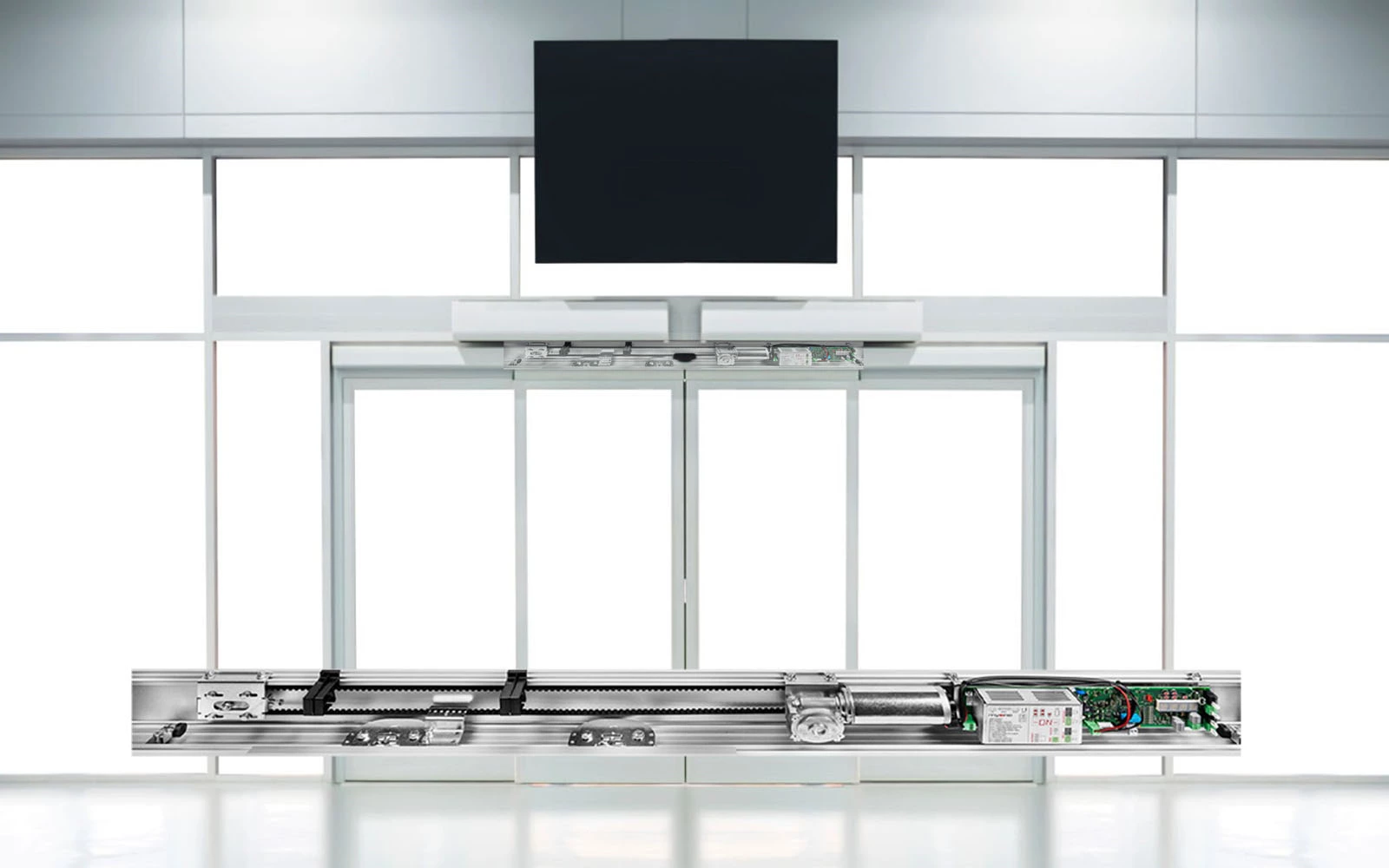
2. Sensor Boards: Even the sensors themselves are mini-electronic systems, often containing their own small, dedicated circuit boards. These boards are crucial for:
- Raw Data Conversion: Translating physical phenomena (like heat signatures, reflected microwaves, or light beams) into usable electrical signals.
- Signal Conditioning: Filtering out noise and interference to ensure accurate and reliable detection, preventing false activations or missed detections.
3. Access Control Integration Boards: For doors linked to security systems (card readers, keypads, biometric scanners), separate circuit boards are often required. These boards handle:
- Authentication Processing: Verifying credentials received from access devices.
- Communication: Interfacing securely with the main automatic door controller to grant or deny access.
4. Peripheral & Connectivity Boards: In advanced or networked systems, additional PCBs might be present for:
- Remote Diagnostics & Monitoring: Allowing technicians to remotely check door status, troubleshoot issues, and even update firmware.
- Building Management System (BMS) Integration: Enabling the door to communicate with a central BMS for coordinated control and energy efficiency.
TECOO's Role: The Precision of EMS in Automatic Doors
This is where TECOO, as a professional EMS (Electronic Manufacturing Services) provider, plays a critical, behind-the-scenes role. The reliability and performance of every automatic door hinge on the quality of its PCBA. We are the specialists who take the complex designs from automatic door manufacturers and transform them into robust, functional electronic assemblies.
Our expertise in EMS ensures:
- Component Sourcing Excellence: Procuring high-quality electronic components from trusted suppliers.
- Precision Assembly: Utilizing advanced automated equipment for accurate component placement and soldering on the PCB.
- Rigorous Testing & Quality Control: Implementing comprehensive testing protocols, including in-circuit testing (ICT) and functional testing (FCT), to guarantee every automatic door control board (and all other related PCBs) meets the highest performance and safety standards before it leaves our facility.
- Scalable Manufacturing: Providing the capacity to produce these critical components efficiently to meet market demand.
In essence, while you interact with the physical door, it's the invisible yet vital PCBA – manufactured with precision by EMS providers like TECOO – that brings it to life. So, the next time an automatic door gracefully opens for you, appreciate the intricate electronic brain at its core, a testament to modern engineering and manufacturing excellence.
